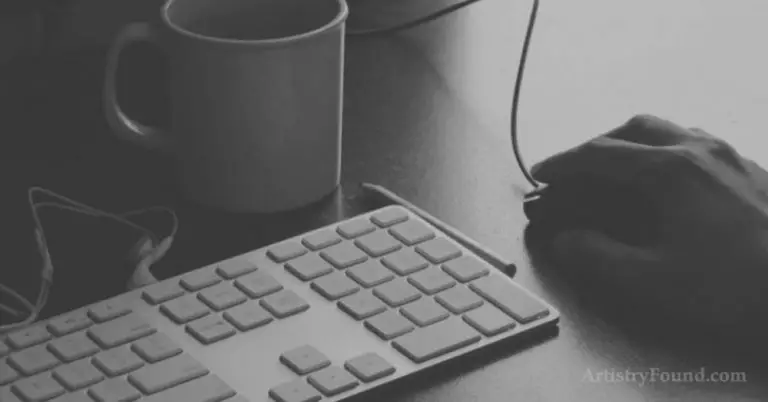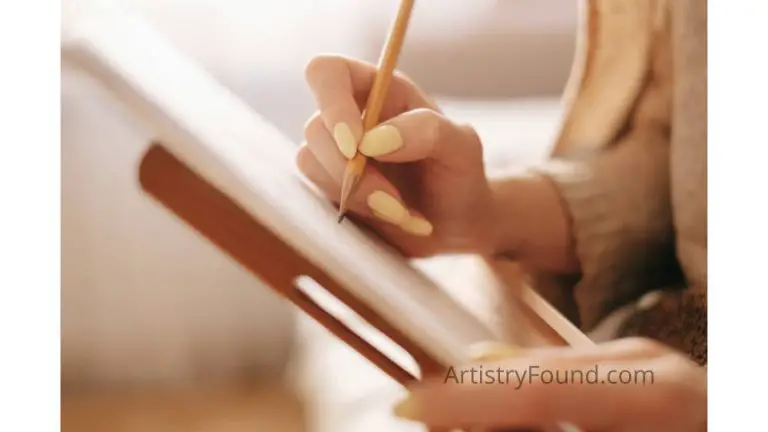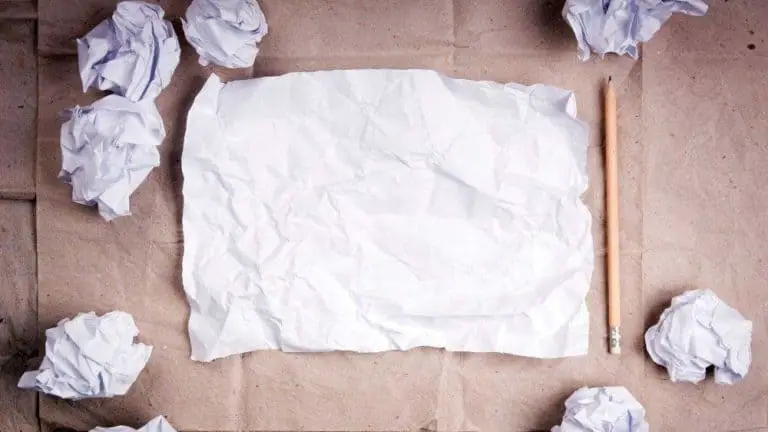Can You Mix Soft Pastels with Water? (Here’s How)
Soft pastel is a versatile medium that allows artists to incorporate several techniques to accentuate highlights and deepen shadows in their work. As a beginner artist, you may wonder if you can mix soft pastels with water and why this is a beneficial technique to master?
After sketching a composition using soft pastels on durable watercolor paper, artists use a round-tipped watercolor brush to blend the soft pastel strokes with water. Excess water is gently dabbed dry with a tissue. This creates a watercolor effect that can be layered with a multitude of materials.
Blending soft pastels with water is a valuable skill that adds a touch of romance to your artwork. While this is a simple technique, several factors will perfect the final details.

(This article may contain affiliate links and I may earn a commission if you make a purchase)
The Technique for Blending Soft Pastels with Water
Start by using soft pastels (Amazon) to do a basic sketch of your composition. Imperfections will be blended out later; thus, fine detail can be overlooked during this step. For consistency, you should use a pastel color that will complement your color scheme.
Once the basic composition is complete, use colors paired to the existing pastel to deepen the shadows and add dimension. During this step, identify the areas of light and establish a dark ground for layering color. The greater the pressure used to apply the pastel, the richer the color you will achieve when blending.
Wet a round-tipped watercolor paintbrush (Amazon) to begin blending out your soft pastel lines and deepen the shadows. Gently sweep a small amount of water over the lighter areas to add a tinge of color. Once you have blended your pastels, set the painting aside to dry completely.
Once your artwork has dried, begin to deepen the shadows further and add highlights using warm or cool colors, depending on your pallet. It is best to use darker neutrals in this stage to avoid muddying brighter colors. Continue blending out the new dimensions using your brush. Avoid overly wetting your brush since this will drip excess water onto your painting.
For the final pastel layer, add brighter colors to emphasize highlights. At this stage, imperfections can be blended out but keep this to a minimum. Focus on using dry blending techniques to add the final details to your work.
Why Should Soft Pastels Be Mixed with Water for Blending?
When used sparingly, blending creates many stylistic possibilities. Blending creates softer areas that contrast against more expressive areas. Fine focus and detail are achieved by unblended lines, while dimension and distance are created by softer, blended. This visual variety creates a dramatic impact. Another benefit of blending is that it pulls together areas of lights and darks to unify the artwork.
Pastels are ideal for portrait art because soft pastel blending closely mimics the nature of flesh itself. Skin’s translucence exposes the shades of bone, capillaries, and veins. Blending these colors in soft pastel mixes microscopic pigment particles on the painting’s surface to enhance the skin’s highlights. Alternatively, placing the highlights as unblended strokes imitates reflections off the surface of the skin.
Which Substrates Work Best with Soft Pastels?
Soft pastels can be used on many surfaces, provided that the substrate has sufficient tooth to retain the pastel. The tooth is the texture of the substrate, which is essential in holding the pigment of the soft pastel. The amount of tooth determines the effect you will achieve.
Textured paper is the most popular choice when working with soft pastels, but there are several substrates to experiment with, such as:
- Canvas panel (All links here are to Amazon)
- Pastel board
- Watercolor paper
- Pastel paper
- Sandpaper
- Wood
Deciding on the correct amount of tooth depends on the nature of your work. Rougher textures inhibit the amount of blending and fine detail you will achieve but allow for more layers of pastel to be applied. Smoother substrates are more suited to blending soft pastels with water; however, absorbent, fragile surfaces cannot withstand the friction.
Pastel artists use colored paper in a shade range complementary to the soft pastel color pallet. Alternatively, using a paper shade that contrasts against the pastel color range produces dramatic effects. The light-toned paper enhances dark-toned pastels, while mid-toned papers create a harmonious background.
How To Avoid Smudging Soft Pastels
Soft pastels are a messy art medium prone to smudges if they are unset. Artists use a spray fixative (Amazon) to set their pastel paintings or between soft pastel layers to retain darker dimensions lost during the brightening step.
There are some important pointers when using a spray fixative to seal your soft pastel artwork:
- It is best to spray your artwork outside, as spray fixative fumes are toxic.
- Shake the spray can before use and hold it at least one foot away from your artwork.
- Let the artwork dry outside once it is sprayed to reduce its strong odor.
- Apply a very light layer of spray fixative over blended soft pastels since too much tends to stain water-based paints.
Using excessive fixative will ruin your artwork and will hinder adding additional layers to your painting. Furthermore, spray fixative tends to create a grainy texture and darken the soft pastel hues.
How Should Soft Pastel Art Be Stored?
Framing artwork is notoriously expensive because of the cost of materials needed to preserve the art and labor cost. Framing all of your soft pastel creations may be cost-prohibitive. Many artists, therefore, prefer to store their pastel paintings on shelves or racks.
To avoid ruining the stored art, you will need to wrap your art in generously-sized glassine sheets or acid-free tissue paper (Amazon). It is best to have crease-free, anti-static paper since the static energy and creases will remove pastel from the artwork.
It is advised to tape down the paper with masking or acid-free tape if you tape it directly onto the painting. Furthermore, make a habit out of recording details about the painting, such as which pastels were used, on the paper.
Finally, do not use conventional cardboard as a mounting board. Over time, the acid in the cardboard will react with the pastel paper, damaging the art. This is often the case with thinner, more delicate substrates. Therefore, it is recommended that you only use an acid-free board to mount art.
Soft Pastels and Water: Points to Remember
Artists create soft, romantic strokes using a round-tipped watercolor brush to blend soft pastels with water. Beginning with a basic composition sketch, each layer is blended then dried before adding more detail. Excess water is gently dabbed dry with a tissue to promote faster drying.
This blending style creates highly realistic skin tones since soft pastel layering mimics the body’s tissue layers. Furthermore, blending creates artistic intrigue by contrasting fine detail with softer blended areas and unifies lights and shadows.
While soft pastels can be used on many substrate types, it is best to find a paper with a tooth that can retain enough pastel pigment but allow for blending. Complementary paper shades can create harmony within your artwork while contrasting shades add drama.
Adding a light coat of spray fixative over each soft pastel layer will avoid muddiness created by smudging. To further avoid smudging, store your creations in glassine or acid-free paper. Avoid using conventional cardboard as mounting as the acid degrades the pastel paper.
More From Artistry Found
- Can I Be an Artist If I Can’t Draw? (Art Without Drawing)
- Can You Actually Forget How To Draw? (Problem Solved!)
Sources:
- https://www.fabercastell.com/blogs/creativity-for-life/how-to-draw-with-soft-pastels-art-tutorial
- https://www.art-is-fun.com/surfaces-for-pastels
- https://www.sophieploeg.com/blog/pastel-storage-sorted/
- https://emptyeasel.com/2014/05/19/when-and-how-to-use-spray-fixative-on-soft-pastel-paintings/
- https://www.artistsnetwork.com/art-mediums/pastel/demonstration-blending-pastels/








